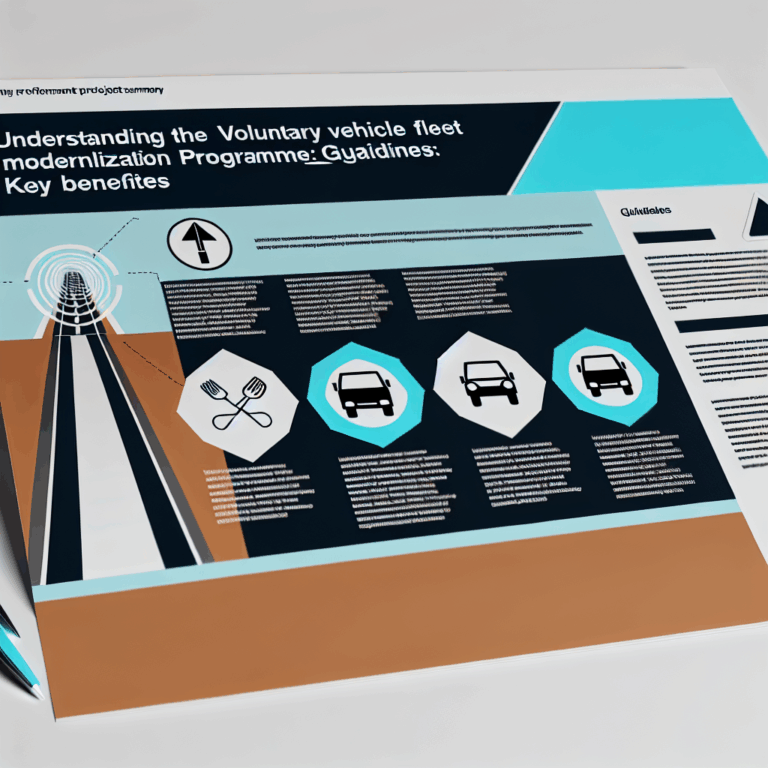Copyright @ 2023 www.digimitr.com. All rights reserved.

Understanding the National Food Security Act (NFSA): Ensuring Access to Nutritional Food for Every Indian
Explore the important features of the government scheme titled “Understanding the National Food Security Act (NFSA): Ensuring Access to Nutritional Food for Every Indian”. This scheme is overseen by the relevant ministry and focuses on providing benefits to eligible beneficiaries.
Here is a comprehensive overview:
Introduction
The National Food Security Act (NFSA), enacted in 2013, is a landmark legislation aimed at providing subsidized food grains to the economically vulnerable sections of Indian society. Its primary goal is to ensure that every citizen has access to sufficient and nutritional food for a healthy lifestyle. With over 1.3 billion people, India’s diverse cultural landscape necessitates a robust framework for food security, making NFSA a vital step towards mitigating hunger and malnutrition.
Eligibility Criteria
The NFSA aims to provide food security to approximately two-thirds of India’s population. To qualify, households must fall within specific income guidelines. Households are categorized into two groups: Priority and Non-Priority. Priority households are entitled to receive subsidized food grains at a rate of ₹3 per kg for rice, ₹2 for wheat, and ₹1 for coarse cereals like millet.
Eligibility is determined based on a range of factors including income level, family size, and in some states, caste and community background. The act aims to cover the most deprived sections of society, including scheduled castes, scheduled tribes, and other socially and economically disadvantaged groups. Each state has the authority to define its own criteria for identifying eligible households, leading to variations across different regions.
Key Features and Benefits
The NFSA is comprehensive, addressing multiple dimensions of food security. One of its key features is the legal entitlement to subsidized food grains, providing a safety net for vulnerable populations. In addition to providing food grains, the act aims to enhance the nutritional intake of women and children through schemes like the Integrated Child Development Services (ICDS).
Another significant aspect of the NFSA is its focus on maternity benefits, offering financial assistance to pregnant and lactating women to improve their nutritional status. Furthermore, the act mandates the establishment of a National Food Security Appellate Tribunal to address grievances and disputes arising from the implementation of the act.
One of the unique benefits of the NFSA is the emphasis on preventive measures. It focuses on the need for food security not just as a means for survival, but also as a way to foster health and nutrition. This multidimensional approach helps alleviate malnutrition, boost overall productivity, and improve the quality of life for millions.
Application Process
Applying for benefits under the NFSA typically involves several steps. Eligible households must first obtain a Food Security Card from the local authorities, which serves as proof of eligibility. The application process may vary from state to state, but generally involves filling out a form that collects details about the family composition, income level, and residency.
Once submitted, the local government conducts a verification process, which may involve background checks and cross-referencing with existing databases. After verification, a Food Security Card is issued, enabling families to purchase subsidized food grains from Public Distribution System (PDS) outlets designated by the government. Additionally, states are encouraged to set up online portals for a more streamlined application process.
Funding and Budget
The implementation of the NFSA is funded through allocations from the central government, supported by state governments. The scheme requires substantial financial resources, which are directed primarily towards purchasing food grains, managing logistics, and ensuring effective distribution through the PDS.
The cost of providing subsidized grains is borne by the central government, while states are responsible for the operational costs. The allocations are revised periodically based on inflation and changes in population size. For example, in the fiscal budget of 2022, a significant increase in funding was earmarked to meet the demands of increasing food security requirements due to the ongoing impacts of the COVID-19 pandemic.
Achievements or Impact
The NFSA has made notable strides in combating hunger and enhancing food security in India. Since its implementation, the act has successfully increased access to food for millions. According to a report by the Food and Agriculture Organization (FAO), food security in economically weaker sections improved significantly, contributing to reductions in malnutrition rates among children.
Moreover, the emergency measures taken during the COVID-19 pandemic, including the distribution of free food grains to migrant workers, underscore the act’s flexibility and importance in crisis management. Millions benefited from these initiatives, highlighting NFSA’s role as a critical safety net during turbulent times.
Challenges
Despite its achievements, the National Food Security Act faces several challenges. Implementation often suffers from inconsistencies across different states, resulting in operational inefficiencies and delays. Corruption and leakages in the Public Distribution System remain significant concerns, undermining the act’s objectives.
Furthermore, the identification of eligible households poses its own set of challenges. Errors in the exclusion and inclusion criteria lead to eligible families being left out and ineligible families receiving benefits, respectively. The reliance on outdated data for identification also hampers effective implementation.
Recent Updates
Recently, the Indian Government has taken measures to strengthen the NFSA by incorporating technological advancements. Electronic Point of Sale (e-PoS) systems have been introduced in many PDS outlets to enhance transparency and reduce leakages. Additionally, various states are experimenting with digital platforms to streamline the application process and improve service delivery.
Moreover, as part of the “One Nation, One Ration Card” initiative, beneficiaries can access subsidized food grains from any PDS outlet in the country, facilitating mobility for migrant laborers. These developments represent a progressive step towards a more effective food security framework.
Conclusion
The National Food Security Act stands as a testament to the Indian government’s commitment to ensuring food security for every citizen. By integrating food security with nutritional well-being, NFSA addresses not just poverty but also the overarching issues of malnutrition. While challenges persist in its implementation, ongoing reforms and updates demonstrate the government’s resolve to make food security a reality for all. As mechanisms for monitoring and addressing grievances improve, it is hoped that the benefits of the NFSA will reach every intended beneficiary, thereby creating a healthier and more productive society.
FAQ
1. Who is eligible for benefits under the NFSA?
Eligibility is primarily based on household income and other socio-economic factors. Priority households receive subsidized food grains, while non-priority households have less access to benefits.
2. How can I apply for a Food Security Card?
To apply, eligible households must fill out an application form at their local government office or via an online portal in some states. After verification, a Food Security Card will be issued to purchase subsidized food grains.
3. What are the provisions for women and children under NFSA?
The NFSA includes specific provisions for pregnant and lactating women, offering financial benefits to improve their nutritional status and that of their children, ensuring a healthier future generation.
For more information, check out official government site,
Official government website or relevant source not provided.
Stay updated on related schemes and initiatives using hashtags: #Understanding #National #Food #Security #Act #NFSA #Ensuring #Access #Nutritional #Food #Indian
Share your thoughts about this scheme in the comments below!





